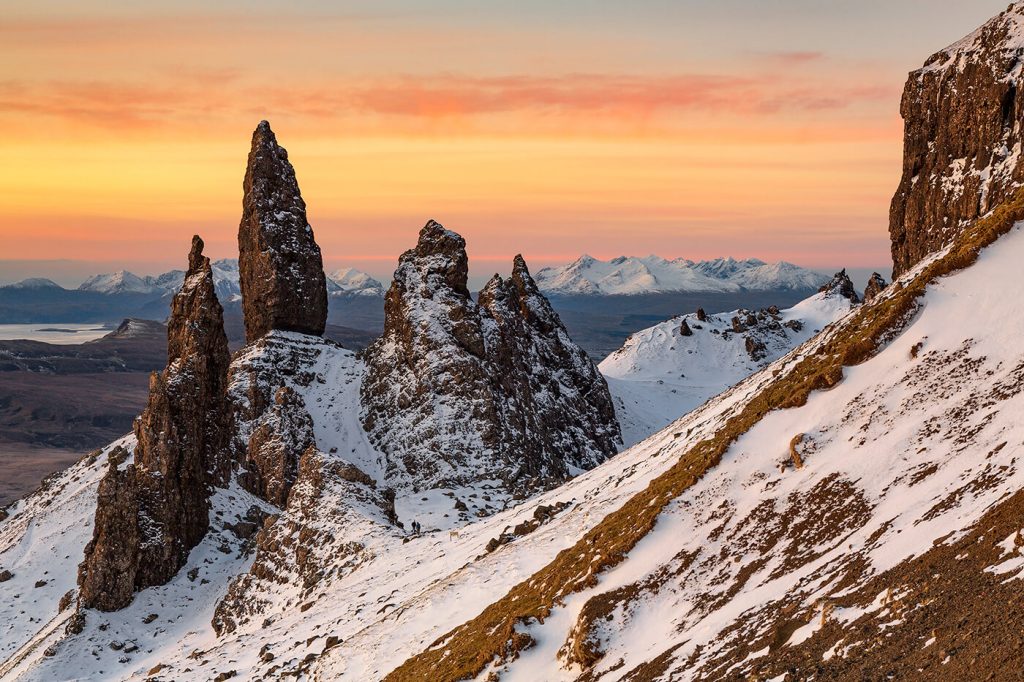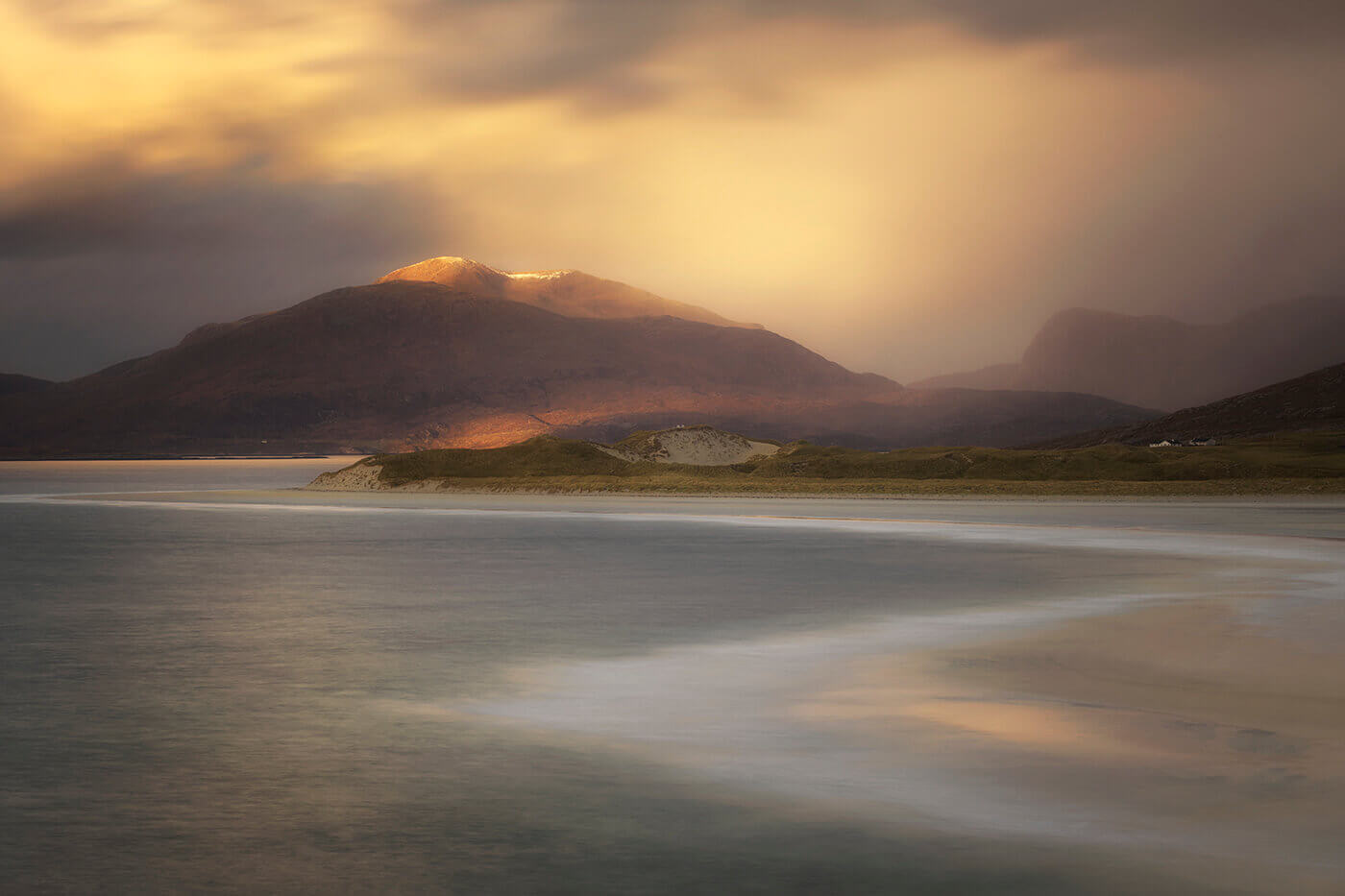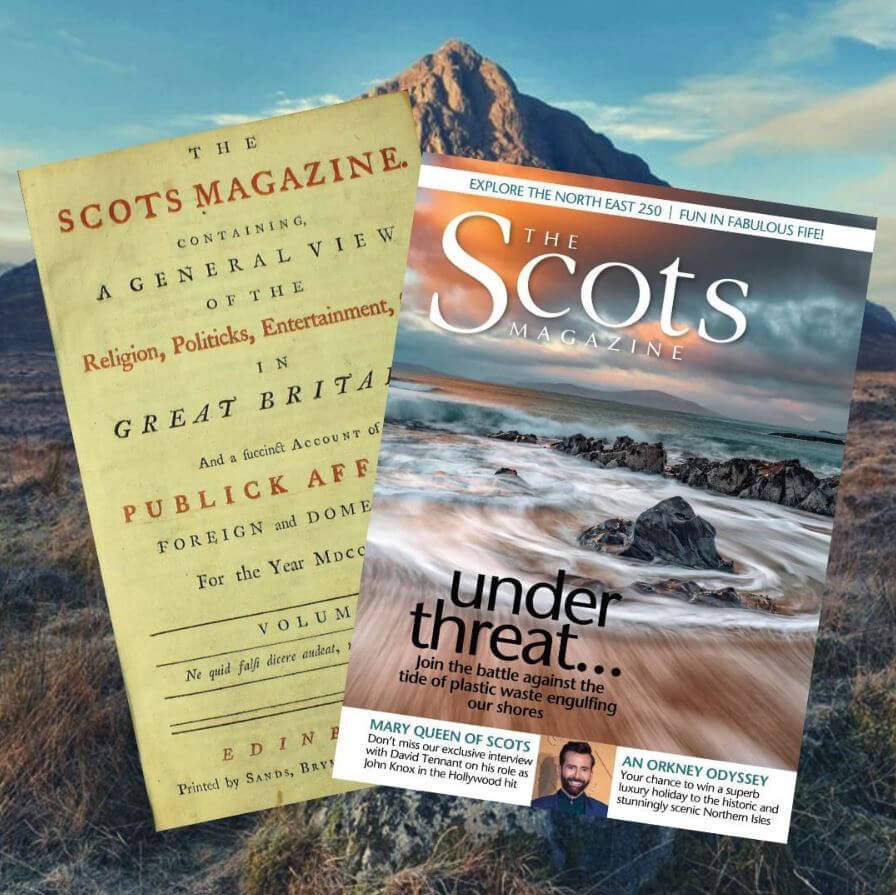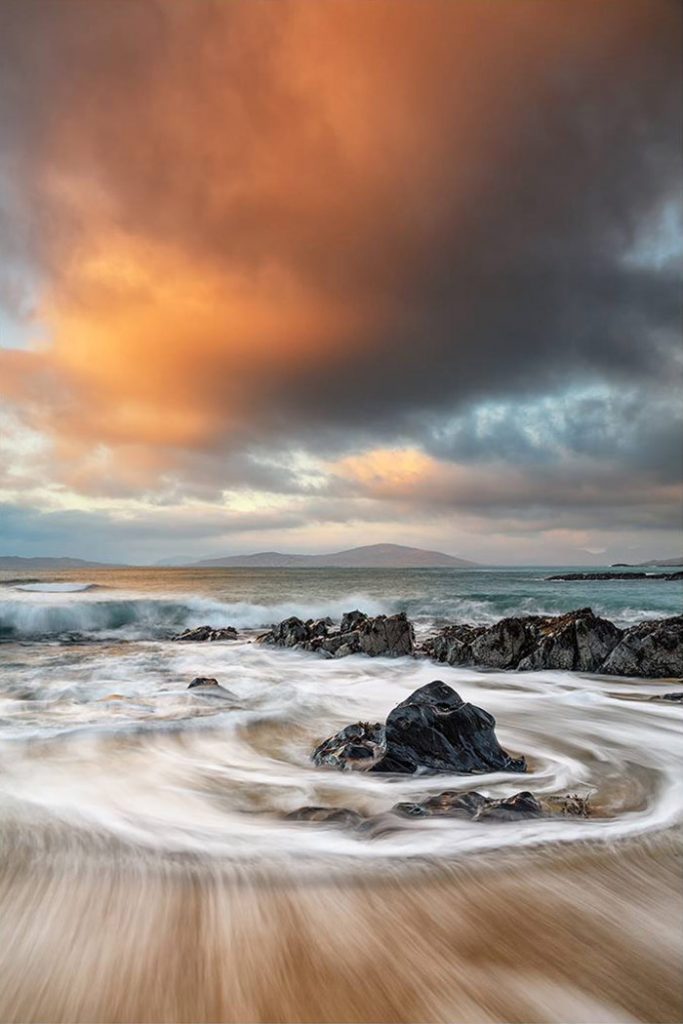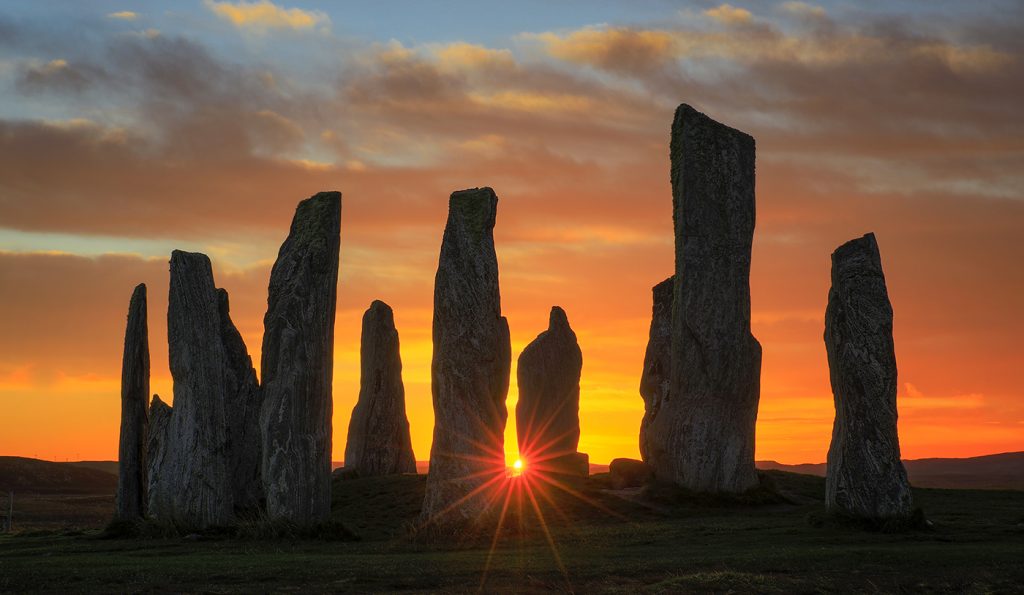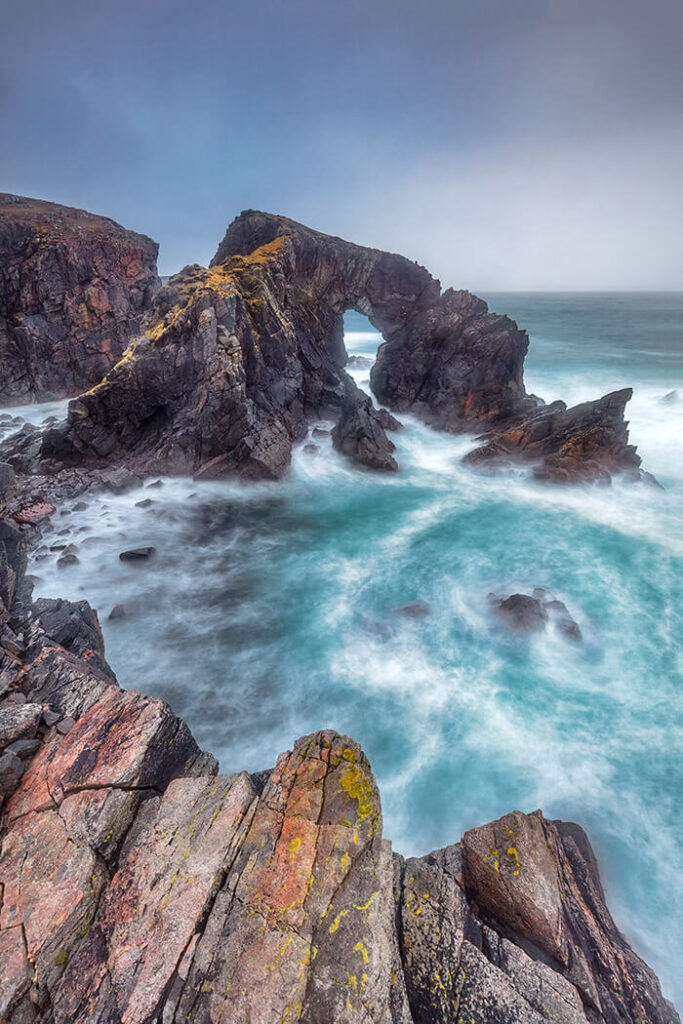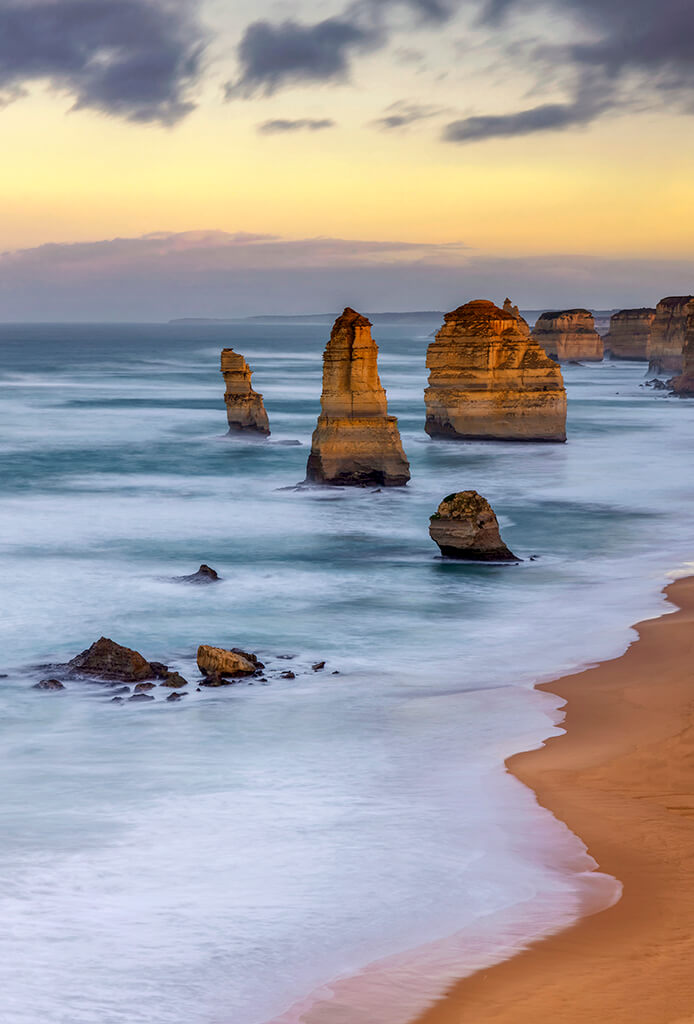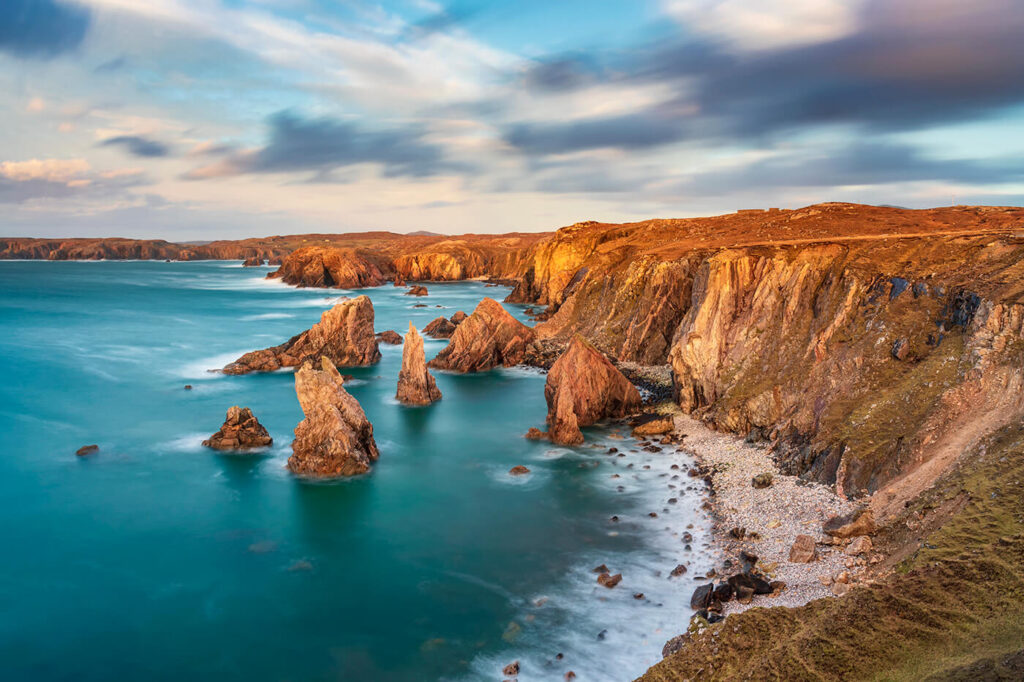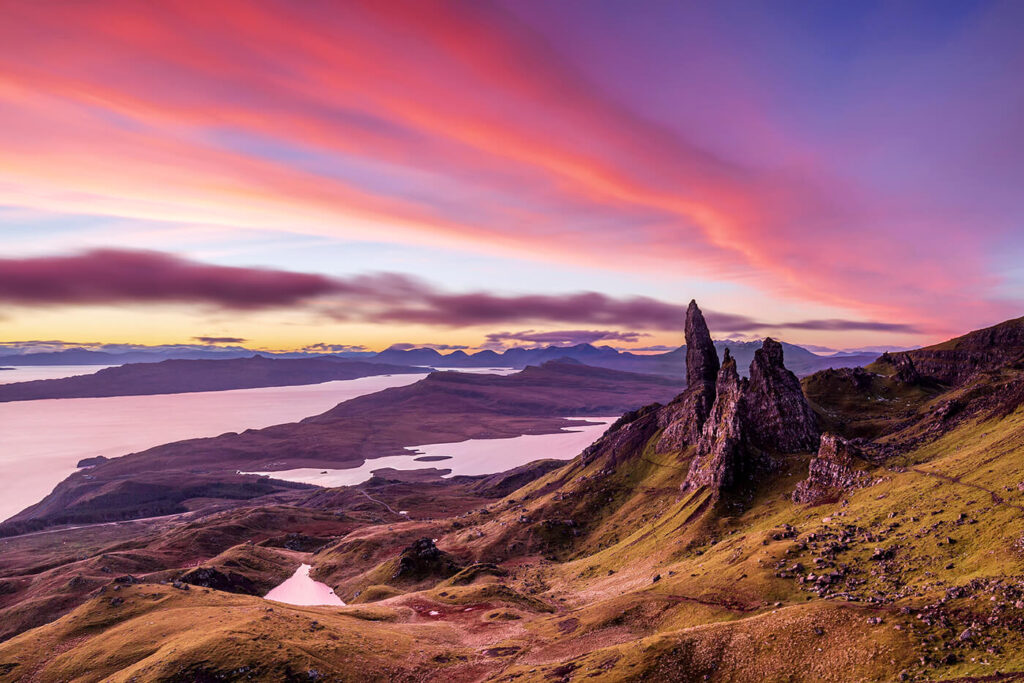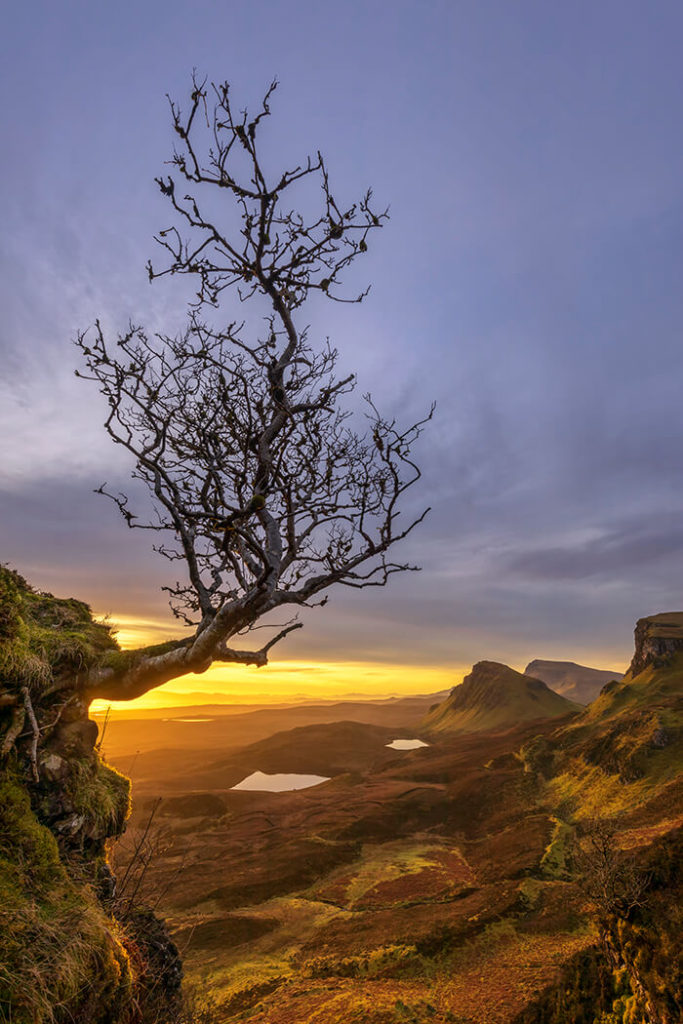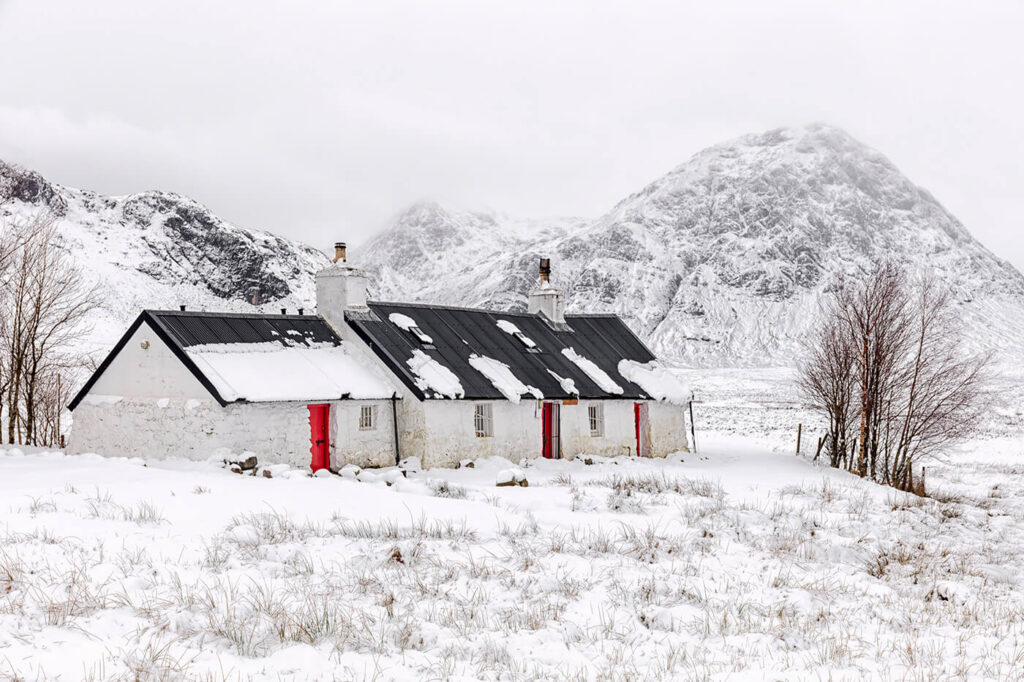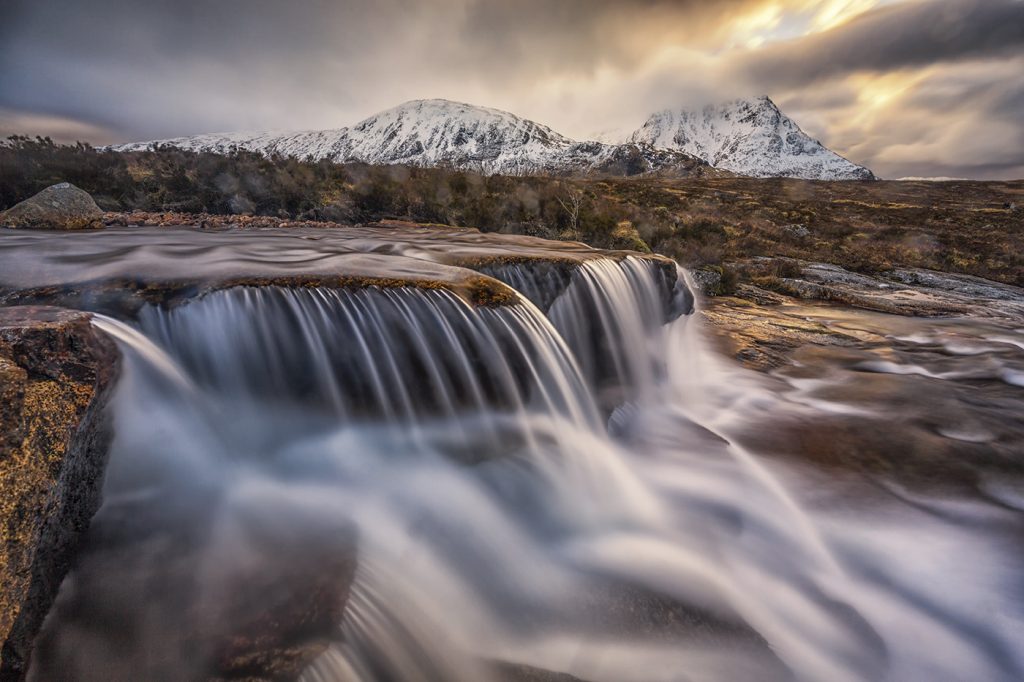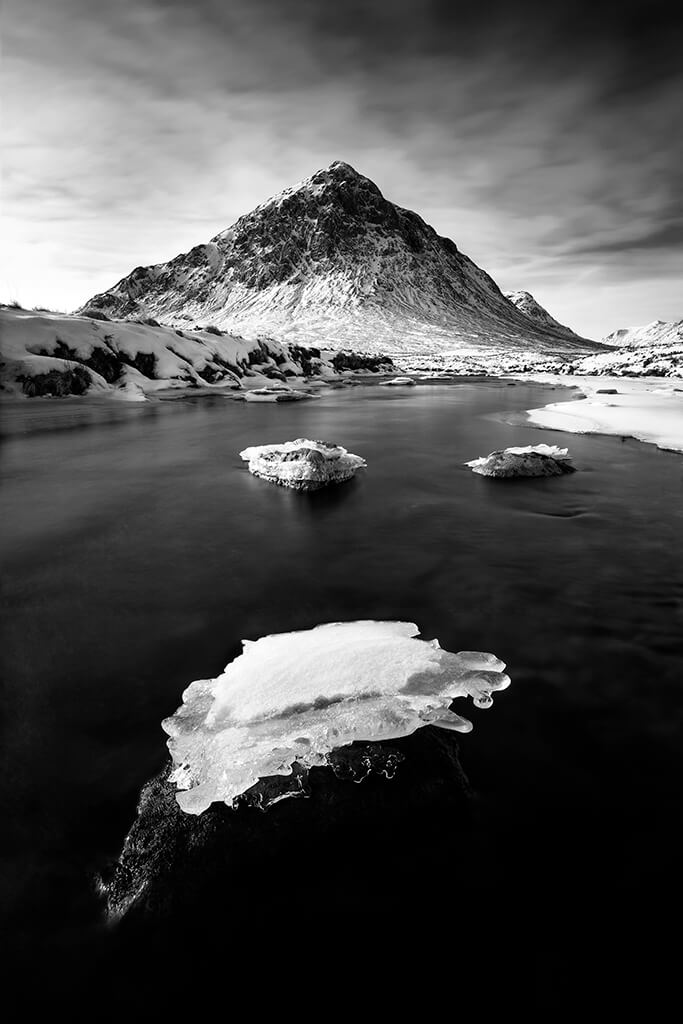Explore Scotland With Me
Autumn is my favourite time of the year, as I prepare for a plethora of oranges, reds, and yellows to fill my camera memory cards.
This year I shall be spending four glorious weeks throughout November and into early December in Scotland, running four workshops, three on Harris & Lewis and one on Skye. I shall also be running my very popular winter workshop in Glencoe in January and with that, I thought that I would share some of my favourite photos and an explanation on each photo shown, and just what it is that I love about each of the three areas of Scotland that have me return time after time with my camera.
I have selected three images from each of the four areas, Harris, Lewis, Skye, and Glencoe. I hope you enjoy looking at the images and reading a little about how and why I captured them.
Harris & Lewis Photography Workshops
https://melvinnicholsonphotography.co.uk/photography-workshops/harris-and-lewis
Isle of Skye Photography Workshops
https://melvinnicholsonphotography.co.uk/photography-workshops/isle-of-skye
Glencoe Photography Workshops
https://melvinnicholsonphotography.co.uk/photography-workshops/glencoe
HARRIS & LEWIS
This remarkable island (which is the British Isles’ third largest), offers the landscape photographer the best of both worlds, from the gorgeous, golden, sandy beaches of Harris to the wild, untamed cliffs and coastline of Lewis, Harris, and Lewis really do have it all. I have to confess that I find a real sense of inner peacefulness whenever I drive off the ferry at Tarbert in Harris. It is my go to place whenever I feel the need to ‘connect’ with myself and take some time off from the rigors of modern day living.
It is hard to describe quite how Harris and Lewis have you feel while on the island, and in particular just how much you miss it when off it. I found its peace and tranquillity addictive, often having me return to the island on my own in the depths of winter, and especially over the Christmas and New Year of 2017, where I saw almost no one for nearly two weeks.
My first visit to Harris and Lewis was back in January 2017 when I ventured over on the CalMac ferry with three good friends of mine. The week spent on the island discovering so many of its hidden and not so hidden gems, was nothing short of a revelation to me.
ISLE OF HARRIS
SEILEBOST BEACH, HARRIS
Taken during my last visit to Harris in November 2019, this image of Seilebost Beach was captured at 4.15pm, just ten minutes after sunset, and the last throes of light created a stunning golden glow in the sky. The reflection of the colour in the water was too good not to capture on camera. This scene here best represents everything that I adore about Harris. and I doubt that there is a more peaceful, calming, and tranquil view in the UK.
f/11, 20″, ISO100, Kase 10 Stop ND Filter
SUNRISE OVER LUSKENTYRE BEACH, HARRIS
I am often asked, which do I prefer, sunrise or sunset, and my answer is always the same, sunrise, without a shadow of a doubt, and looking at this image from my time spent running my last workshop in Harris and Lewis back in November 2019, you can see why.
This image captured at dawn is practically a ‘straight out of camera’ shot with minimal post-processing needed. Is it not just beautiful, and of course Luskentyre Beach is one of the most famous beaches in the world and with good reason. It is always worth a pre-amble down along it pre-sunrise in the hope of some magical colour, and on this particular morning, we got it. Saying that, I would argue that Harris is definitely more of a sunset location mainly due to the fact that all the beaches are on the west coast, but as this image shows, sometimes it is worth venturing out of bed before breakfast to see what you can find.
f/8, 2″, ISO200
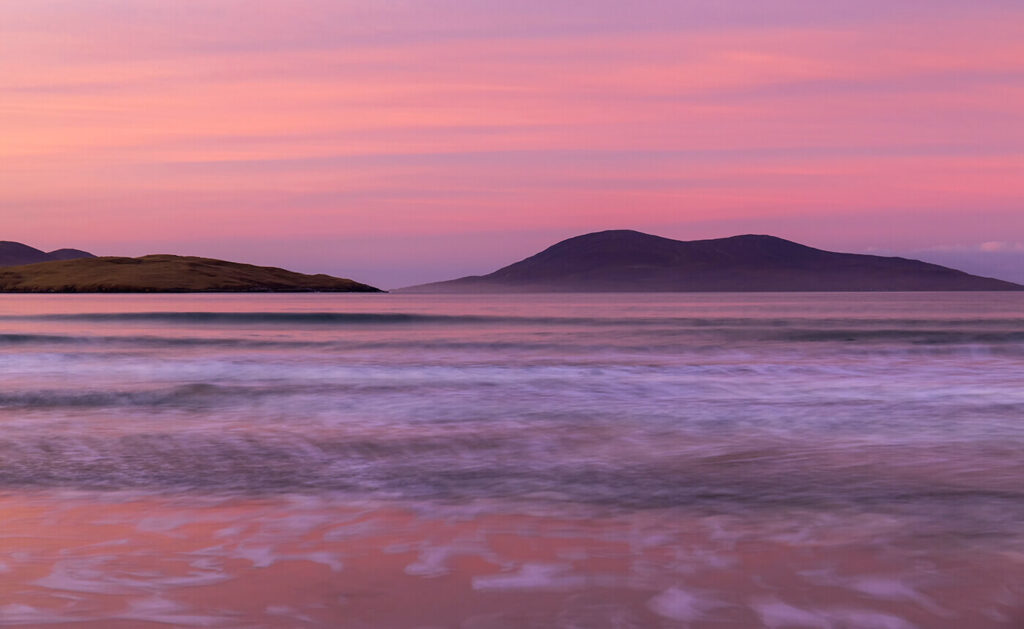
TRAIGH BHEAG (THE SMALL BEACH), HARRIS
In March of 2019, this image was used as the front cover of The Scots Magazine to celebrate their 280th anniversary issue. The Scots Magazine was established in 1739 and is the oldest magazine in the world that is still in publication.
For me though, this image showcases my favourite beach perfectly despite its diminutive size. Traigh Bheag (literally meaning the small beach), has the perfect blend of attributes that make it the best beach to photograph. Firstly, there are some gorgeous rocks on the beach that allow the waves to break over and around them, helping to create the white streaky stripes that you can see.
The shelf angle of the beach drops at just the right angle to have some sizeable rollers (waves) rise up in the background creating an exciting look while allowing you to see the stunning green colours of the water just before it breaks. The odd sneaker wave has been known to catch you off guard so keep your camera bags on you or well away from the shoreline.
f/8, 0.8″, ISO100
ISLE OF LEWIS
SUNRISE AT CALLANISH STANDING STONES, LEWIS
This is quite easily one of my favourite images captured on Lewis. Sunrise over the 5,000 year old Callanish Standing Stones is one of the most iconic moments that you can experience on the island. The sense of anticipation when you arrive an hour before sunrise in November, is palpable. You take the sixty second walk to your vantage point, at the bottom of the hillock that the stones stand on, set up your tripod and camera, and simply wait for the magic to happen.
The camaraderie between everyone as they wait for that magic moment is one of the reasons why I love running photo workshops. My role of course is somewhat more stressful as I have to ensure that everybody is set up correctly and ready for the moment that the sun rises. Some last minute adjustment to the position of the tripod is sometimes required to ensure that the sun is only 50% visible to create that wonderful sunburst look. It is such a magical moment to enjoy.
f/16, 1/15, ISO100
STAC A’ PHRIS NATURAL SEA ARCH, LEWIS
What can I say about this location? Well firstly, it is a truly outstanding view and rivals any other sea arch that I have seen either in the UK or abroad (notably Iceland). Stac a’ Phris is located on the west coast of Lewis and accessed by parking in a car park near Dail Beag and walking for around 45 minutes. The walk is reasonably physical as you are navigating a fair bit of undulation along the top of the cliffs along the coastline, but the effort is definitely worth it.
On the day that I took this image (January 2017), it was quite windy however, the tide was high and crashing into the arch with some force and every fibre of my being was on high alert. At moments like these, you are fully focused on the task at hand, watching every step you take, and being extra mindful of your equipment too.
A shutter speed of fifteen seconds seems absolutely impossible given the wind I experienced but sheltering the tripod and camera from the tailwind was absolutely key to capturing a sharp image. These are the days when I feel I earn my money.
SEA STACKS & AQUA WATER, MANGERSTA, LEWIS
What can I say about Mangersta that will have me do it justice? Nothing really hence why I shall let the image speak for itself. In all seriousness though, Mangersta is a hugely impressive view as you stand on the edge of towering cliffs above. The scene reminds me of The Twelve Apostles on the Great Ocean Road in Victoria, Australia, a view that I have witnessed many times myself, and as recently as May 2019.
Mangersta embodies everything that Lewis is all about for me. Rugged coastlines, towering cliffs, crashing waves, high wind, salty sea spray, drama, amazing light, and a real sense of power and majesty. Does it really get any better than that I ask you?
My advice is to visit this location a couple of hours before sunset if you want to capture some light on the stacks, otherwise the sun will go down over your left shoulder and the stacks will be shrouded in shadow. Make sure you have a very sturdy tripod and some warm clothing for the wind can be fierce here. I tend to wear waterproof pants as a barrier to the wind. But for all of the challenges in photographing this scene sometimes, the effort will yield rewards, however on this day in November 2018, the wind was only considering throwing me off the cliffs instead of genuinely wanting to and thirty seconds later, I captured this scene. Aren’t the colours just wonderful?
f/14, 30″, ISO100
ISLE OF SKYE
The Isle of Skye is legendary and with good reason. It is quite simply, one of the most amazing locations with have in the UK and I would argue in Europe for sure. It is easily accessible via a road bridge (before it opened in October 1995, you could only access Skye by the ferry at Gleneig and before that, from Mallaig to Armadale from the 1930’s.
I first visited the Isle of Skye in November 2008, during a brief two day jaunt around the island and I had absolutely no idea where I was going or what I was going to see. What I do remember however is just how much of a mark the island left on me, until I returned in May 2014 armed with a decent camera, some research, and three good friends in tow.
It has been a couple of years since I last ran a workshop on Skye and my upcoming workshop in November has me itching to return with fellow photographers in tow although I did make a flying solo visit last month for a couple of days and boy did I love it.
There are so many amazing views to list, most of them iconic and very well known. The Fairy Pools and Glen brittle River, Quairang.
SPECTACULAR SUNRISE, OLD MAN OF STORR, SKYE
I could not possibly start showing a handful of images from my time on Skye without featuring the island’s most iconic view, the Old Man of Storr.
This imposing 160ft high giant of a rock, dominates high up on a hillside overlooking a good deal of the landscape below. The first time I ever saw the Old Man back in November 2008, I actually pulled the car over and got out to fully appreciate just what I was looking at. Fast forward thirteen years, and several ascents later, I absolutely adore this section of rocks.
The view from the ridge that lies a little bit higher than the Old Man affords you views way into the distance, including Loch Leathan below, the islands of Rona and Raasay, as well as the mountains of Torridon in the far distance. It is a sight that rewards the long, grunt up from the car park. I tend to take my clients up before dawn, setting off from the car park two hours before the sun rises. The pretty decent hike up takes around an hour but the views are magnificent and the thought of devouring a hearty cooked Scottish breakfast fuels you on the way down to the car.
Despite checking several weather apps the night before, and the promise of a decent sunrise, we were rewarded with the most amazing sky at sunrise. The striated cloud structures that lit up in some amazingly vibrant colours of pink and orange, had me beaming ear to ear. These are the mornings that you never forget and that’s just one of the reasons why I love being a landscape photographer.
f/8, 30″, ISO100
CLINGING ON FOR DEAR LIFE, QUIRAING, SKYE
The Quiraing. WOW. What a place.
The first thing that you notice when you drive up the road to the car park, is the view back down towards the ocean from when you navigate around the final hairpin. It is quite simply spectacular yet for me, the best part of the Quairaing is the huge diagonal landslips that dominate the ridge. You can see them in the background in the image above.
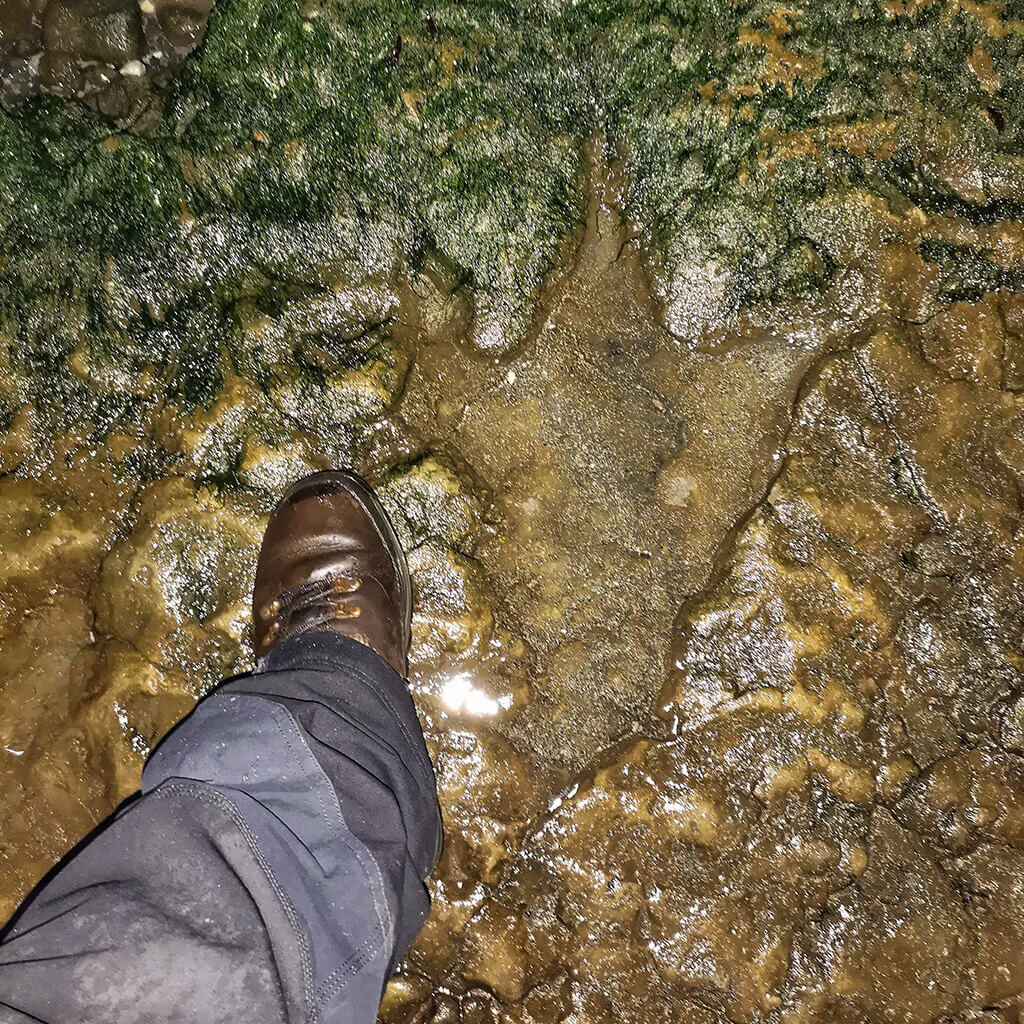
A 170 Million Year Old Theropod Dinosaur Footprint, Staffin, Skye
The whole place feels incredibly Jurassic and it is not altogether that difficult to imagine the whole place teeming with Tyrannosaurus and Velociraptors some 165 million years ago. In fact, just down the road at Staffin, are footprints imprinted in the rocks on the beach. Researchers have found that the footprints belonged to sauropods and therapods, which were the older cousins of Tyrannosaurus Rex and I have seen the footprints for myself. In fact, I found it difficult to comprehend standing next to a dinosaur footprint from 170 million years ago. I found it mindblowing to experience that.
Back to this image though. This rowan tree displays incredible tenacity in clinging onto the edge of this cliff edge for as long as it has, even in the harshest of winters. For those of you who have photographed this tree, you will know just how incredibly difficult it is to get yourself, and your camera low enough to the everflowing stream below, to have you elevate the tree above the horizon line so that it does not impede the two lochs in the distance. It takes a level of dexterity that my body most likely no longer has sadly but back in February of 2019, I did so. The sunrise was just amazing that morning as the golden light flooded the landscape below me. This view is why I love Skye as much as I do and you would too if you have yet to experience it for yourself.
f/16, 1/25, ISO100
DUSK AT NEIST POINT LIGHTHOUSE, SKYE
Neist Point is the most westerly point of Skye and the wind from high up on the cliff edge reminds you of this fact on almost every visit you make. however, it is worth tolerating a little bit of wind for the view of the lighthouse below. Or you could do what I do (and many others) and take the couple of hundred steps or so down to the lighthouse itself and photograph it looking back up to the cliff edges.
There is a bay that is wonderfully curved with the most amazing large rocks that are adorned by some considerable species of lichen. The scene involving the lighthouse can be captured either in landscape or portrait format, as it works either way but on this occasion back in March 2018, landscape format suited me better. I used a 10 stop filter to completely smooth out the water below, therefore giving the surrounding rocks and cliff edges their moment of glory, unimpeded by the texture and busyness of the water.
The best time to photograph this lighthouse, which dates back to 1909 but became automated in 1990, is sunset when the warm glow of the setting sun illuminates the cliff edges beautifully. Of course, this means that you have to make your way back up the hundred of steps in the dark, so do take a torch with you. But as you puff and pant your way back to your car, you can smile in the knowledge that you have captured a beautiful image of an iconic lighthouse. I always remember this little saying, ‘for a few moments of pain, comes a lifetime of pleasure’.
f/14, 30″, ISO50
GLENCOE
Glencoe, Rannoch Moor, and the surrounding areas offer some of the most photogenic and stunning winter scenery anywhere in Scotland. The A82 runs straight through Rannoch Moor which at over 1,000ft in elevation, often has some of the most dramatic and atmospheric weather in the area.
The main locations of interest include Buachaille Etive Mòr and Stob Dearg, the iconic waterfalls of the River Coupall and Cauldron Falls. There is also the truly mesmerizing twelve mile road of Glen Etive, which is not only lined with gorgeous mountains but also the beautiful Lochan Urr, a lovely little loch before you arrive at Loch Etive itself. You will more than likely see herds of stags and deer along this road too.
There are several stunning lochs to photograph including Lochan na h-Achlaise, Ba, Achtriochtan, Linnhe, Leven and not forgetting Glencoe Lochan itself. These are wonderful places to visit first thing in the morning or at sunset to capture the last throws of light. They offer beautiful reflections of the surrounding munros.
For something a little different, Castle Stalker awaits us at Appin. This wonderful little castle was made famous in the Monty Python film “The Holy Grail” and is surrounded by the tidal loch of Linnhe as well as being situated on its own tiny island, Castle Stalker looks stunning when set against a fiery sunset sky.
Then there are the beautiful white bothies of Lagangarbh Hut and of course the world famous Blackrock Cottage which is located at the foot of the Glencoe Mountain Resort ski centre. Blackrock Cottage is owned by the Ladies Scottish Climbing Club and you can only stay there if you’re a member of a mountaineering club.
Another truly breathtaking location is the ridge of Bidean nam Bian which includes the famous Three Sisters Munro range. The Three Sisters are three peaks that extend over 3,500ft in height and dominate the glen down into Glencoe itself.
Quite often snow-covered in the months of winter and spring, these Munros offer the landscape photographer one of the most beautiful views anywhere in the UK.
BLACKROCK COTTAGE, RANNOCH MOOR, GLENCOE
One of the most iconic views of Glencoe is this gorgeous whitewash cottage called Blackrock Cottage. It sits in the shadows of the Glencoe Ski Resort nearby and can often be seen with a photographer or two standing on the roadside composing this very scene as I did in the winter of 2017 (February).
This cottage has been rented from the Blackmount Estate since 1947 by the ‘Ladies Scottish Climbing Club’ and it recently underwent some renovation to include a drying room among other facilities. Trust me when I say that a drying room is essential, especially during the winter months. However, on this particular day of my visit, I had nothing but misty conditions, mixed with recent snowfall. It was perfect.
For me, the red painted wooden doors really help to lift the scene and look somewhat at odds with the muted colours that surround the cottage. Perhaps painted that colour for ease of finding the building in a snowfall. This whole area is called Rannoch Moor, which is a boggy moorland area the size of 50 square miles and it sits at an elevation of 300 metres, and it is because of this elevation that attracts ‘challenging’ weather. Indeed I captured my fogbow image (white rainbow) nearby. When I run my winter workshops in Glencoe, we stay at the nearby famous Kingshouse Hotel and of course, the views afforded by basing ourselves within this landscape are magnificent. I cannot wait to return in January.
f/9, 1/160, ISO100, No Filters Used
CAULDRON FALLS, RANNOCH MOOR, GLENCOE
These wonderful falls have become quite a popular location for landscape photographers. Situated a short fifteen minute walk from The Kingshouse Hotel on Rannoch Moor, these falls provide a good couple of hours of peace and serenity, with nothing but the sound of water flowing, and stags close by. It is a magical place to visit.
Cauldron Falls make a wonderful subject to shoot especially with the snow capped Munros of Creag Dhubh, and Stob a’Ghlais Choire in the background and this image was taken during sunset, when the sky had lots of detail, and interest in it, and when mixed with the beautiful warm tones of the quickly falling sun, magic happened.
One of the things that I love about these falls is that because of the sharp, jagged edges of the rocks when the water flows over it, it creates defined stripes of water that sit at odds with the softness of the water below it when captured at thirty seconds using a ten stop filter. It really is one of my favourite views of Rannoch Moor, and Glencoe.
f/14, 20″, ISO100
LEE 0.6 Soft Grad ND Filter, LEE 105 Landscape Polariser Filter, LEE 10 Stop Big Stopper ND Filter
ICE ON THE ROCKS, RIVER ETIVE, RANNOCH MOOR, GLENCOE
There are images that I look back on with real fondness and affection, images that transport me right back to a particular place, so much so, that I can almost feel, smell, see, and relieve the moment as though it was yesterday. This image evokes all of those responses for me.
Taken way back in February 2015, this view stopped me in my tracks as I wandered up and down the A82 through Rannoch Moor. I was looking for inspiration during a recent snowfall, and on seeing this gorgeous chunk of ice that was perched on the rock underneath, I finally found it.
I remember precariously wading out into the river while using my tripod as a gauge to measure the depth of the water as I did not want my next step to have me submerged in water was below zero degrees. I remember wearing my then recently purchased insulated Harkilla wellies (I now wear Aigle Parcours ISO for those interested), and I was so thankful to be able to stand in that river for almost an hour without the water or cold seeping through. I have always been a convert to insulated wellies ever since.
My composition for this scene was I would say, reasonably straightforward forward but it was the decision to use the polariser filter that brought the scene to life for me. The polariser allowed for all of the water in the bottom half of the image, and of course around the main rock in the foreground, to darken, and as such, the ice really stood out as a consequence. I was using a Zeiss DISTAGON 21mm lens which was incredibly sharp, and the detail in the ice is pretty impressive. Converting the image into black and white, suited the scene to my eyes and it helps to create a simpler image and one that allows each of the main components to shine. In the background is Stob Dearg, although most people call it Buachaille Etive Mòr, however, I am reliably informed, that is actually the ridge of mountains that lie behind Stob Dearg. Personally, I prefer to call it The Buckle myself, but either way, it really is a stunning view and one that I cannot wait to experience again in January when I shall return.
So that’s it for now.
I am really looking forward to 2022 and visiting my international locations again, including Iceland, and Lofoten in February followed by Tuscany, The Dolomites, Slovenia, Iceland, and Lofoten again next autumn.
Anyhow, I hope that you all have an enjoyable autumn, whatever you happen to be doing and until I write again, take care, stay safe, and sane, and I hope to see you soon.
Best wishes
Melvin
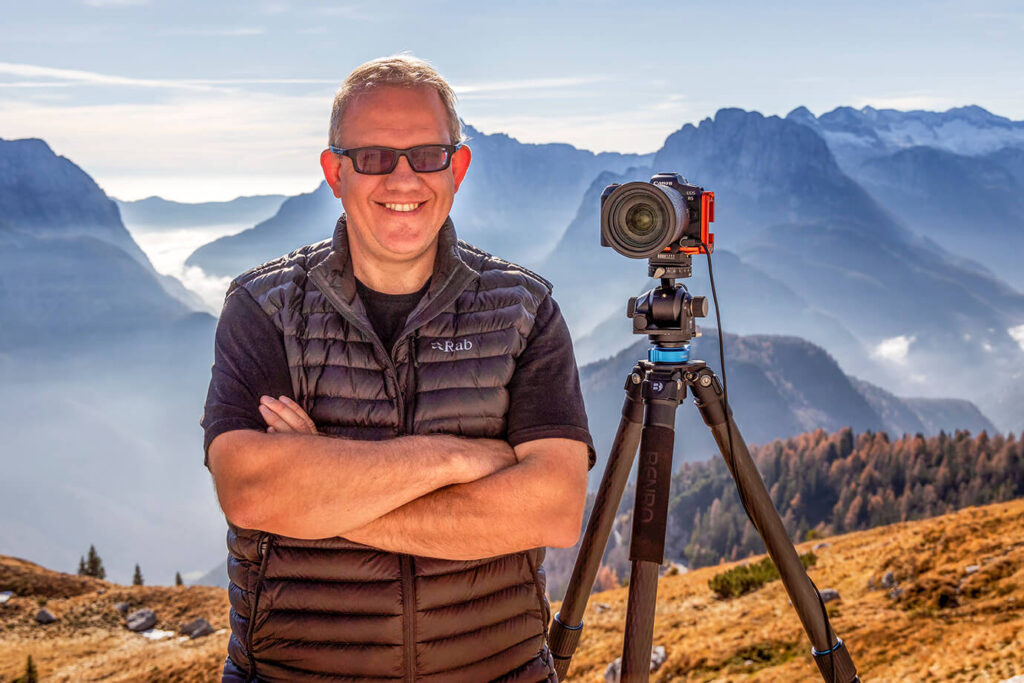
Mangart Pass, Slovenia

